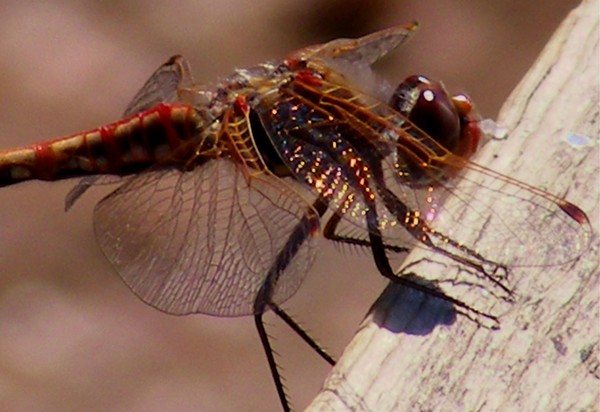- Jessica Rose
- View Portfolio
- Image 77 of 155
- Added 12 Aug 2008
- 288 Views
- 10 Comments
- Share This Image On...

Check out these amazing facts • the scientific name "odonata" is a remnant of a classification system developed by Johann Christian Fabricius, an 18th century entomologist • he used mouthparts rather than wing characteristics to classify dragonflies • odonata means "tooth-jawed" and refers to maxillae and labial palp (lower jaw) of the nymph • dragonflies have a top flight speed of up to 100 km/h • each dragonfly eye contains up to 30,000 lenses • the eyes' position on the dragonfly gives the insect a 360 degree field of vision • although 80% of the brain is devoted to sight dragonflies are not able to register detail well • the oldest fossilized record of a dragonfly is from the Carboniferous Period, over 300 million years ago • the Nootka word for dragonfly translates as "clacking stick," the name given to cedar tongs used to remove coals from the fire • at least 80 species of dragonflies have been recorded in British Columbia *daveingram.ca/bcdragonflies/facts.html
5 of 10 Comments Show All 10 Comments
gerry logan 17 Aug 2008
OMG What an awesome capture of this beauty and such intresting information on this beauty nice work and great information thanks so very much for sharingAnn Fawssett-Atkin 15 Aug 2008
Well done - wonderful shot - (and as usual interesting writing to accompany)MJ Mitchell 15 Aug 2008
WOW - now that is a macro of an insect - fantastically and masterfully taken!Fiona Robinson 14 Aug 2008
great capture - check out John McCrackens photography - great dragonflies!!!Les Jobes 14 Aug 2008
Interesting writeup - Fabulous closeup. Really enjoy the colors of this fella. Great shot! :o)